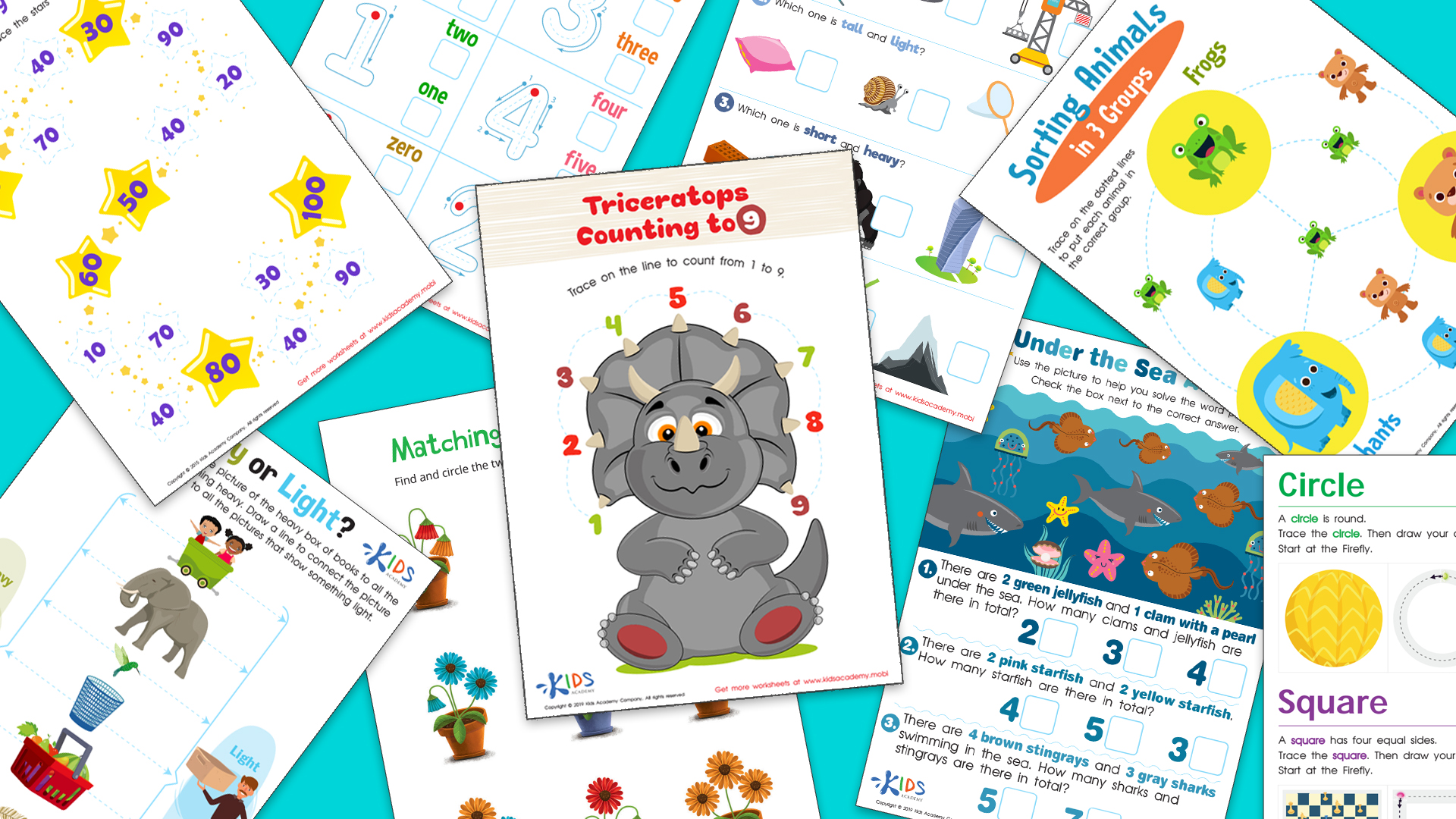Identifying patterns Worksheets for Kids
7 filtered results
-
From - To
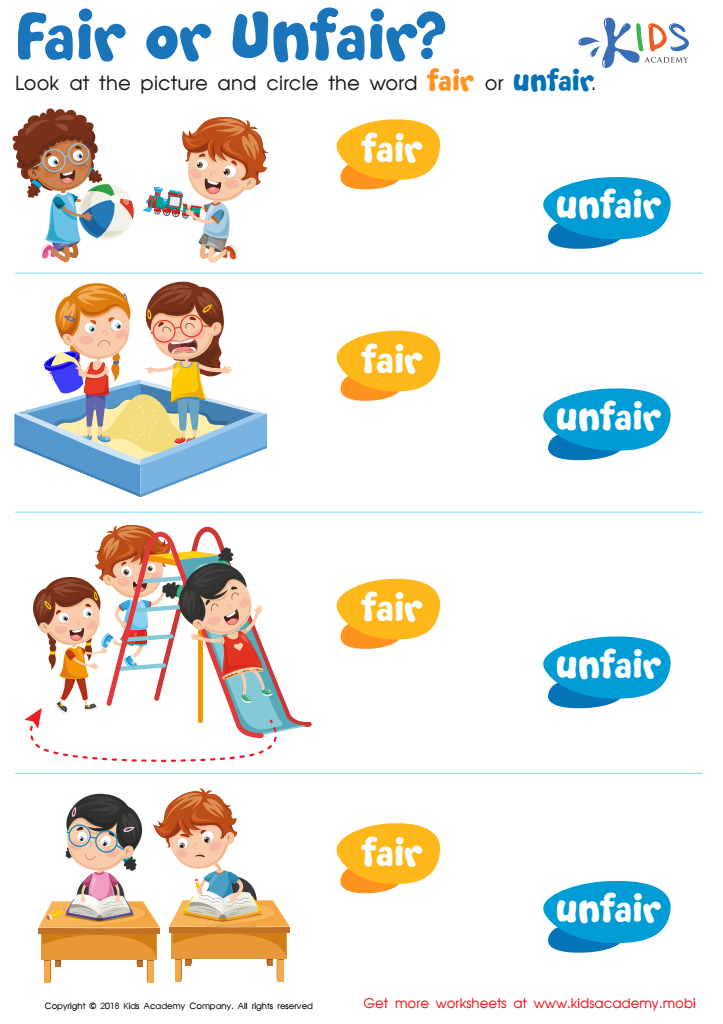

Fair or Unfair Worksheet
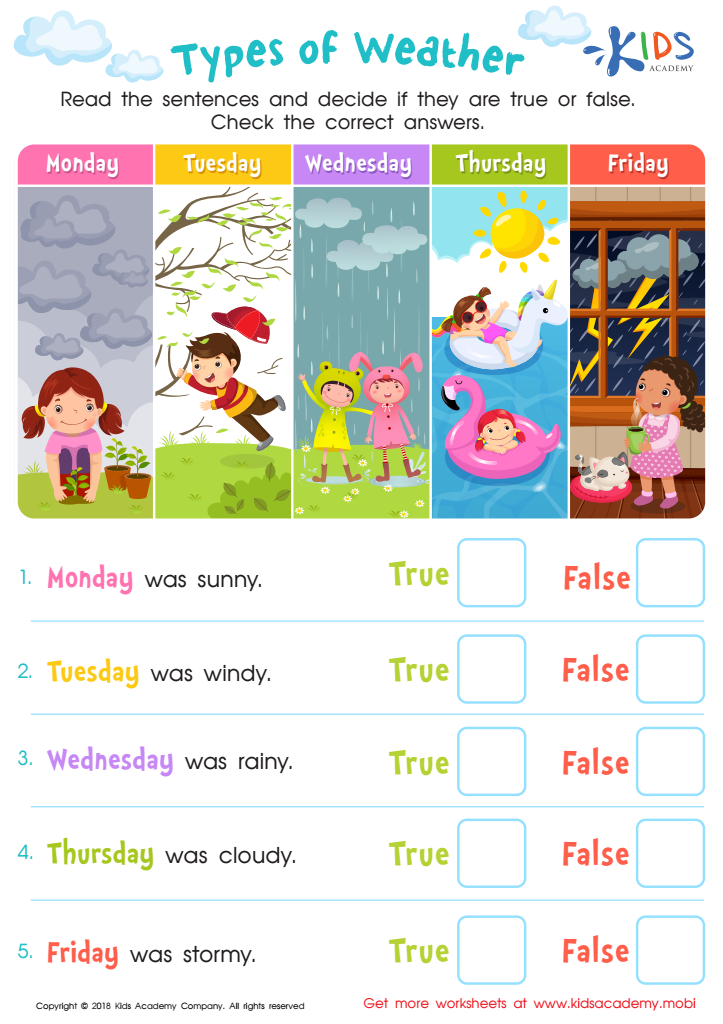

Types of Weather Worksheet


Sequence: A Day at the Park Worksheet
Question/Answer
Why is the Identifying patterns skill important for Kindergarten students?
The Identifying patterns skill is vital for Kindergarten students as it lays the foundation for developing critical thinking, problem-solving abilities, and understanding mathematical concepts. Recognizing, analyzing, and extending patterns prepare children for learning arithmetic operations and help in developing early literacy skills through the recognition of patterns in letters and sounds, enhancing overall academic success.
How to test a Kindergarten student’s Identifying patterns skills?
To test a Kindergarten student's ability to identify patterns, present them with a sequence of objects, shapes, or numbers and ask them to determine what comes next in the sequence. Use varied patterns (e.g., ABAB, ABB, ABC) and materials (e.g., colored blocks, stickers, pictures) to assess their understanding and ability to continue the pattern correctly.
How to train the Identifying patterns skill in Kindergarten students learning about Community?
To train identifying patterns in kindergarten students learning about Community, use tangible, colorful materials like blocks or pictures of community helpers and places. Arrange them in simple repeating sequences (ABA, ABC, AABB) and encourage students to continue or create their own patterns. Incorporating stories or songs about community roles while patterning can further engage and enhance their learning experience.

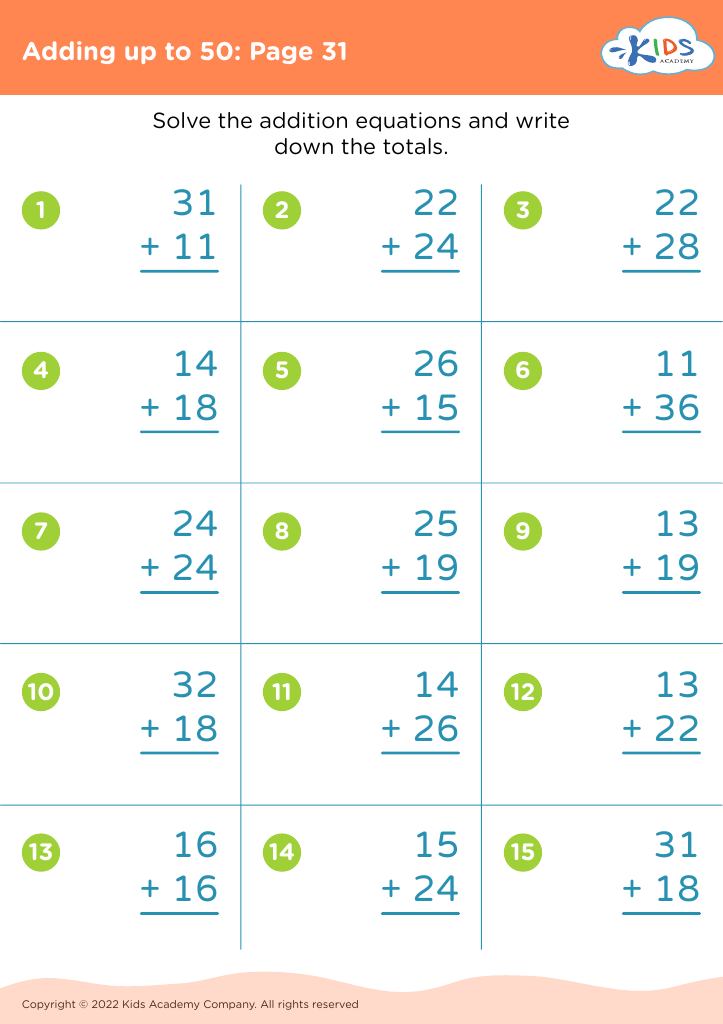
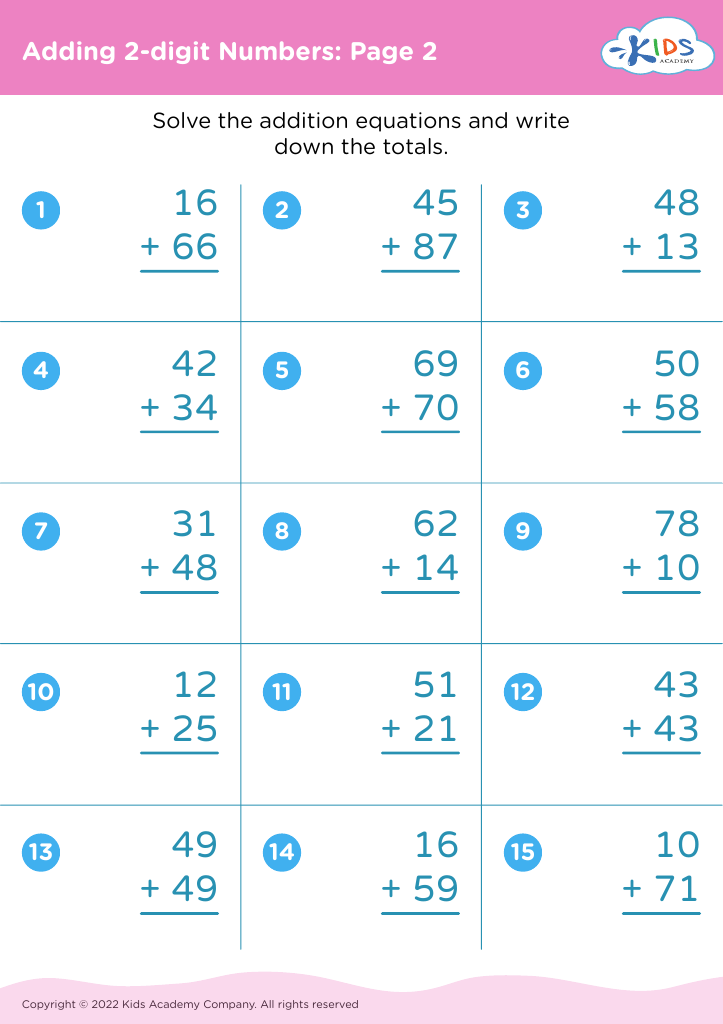
 Assign to the classroom
Assign to the classroom
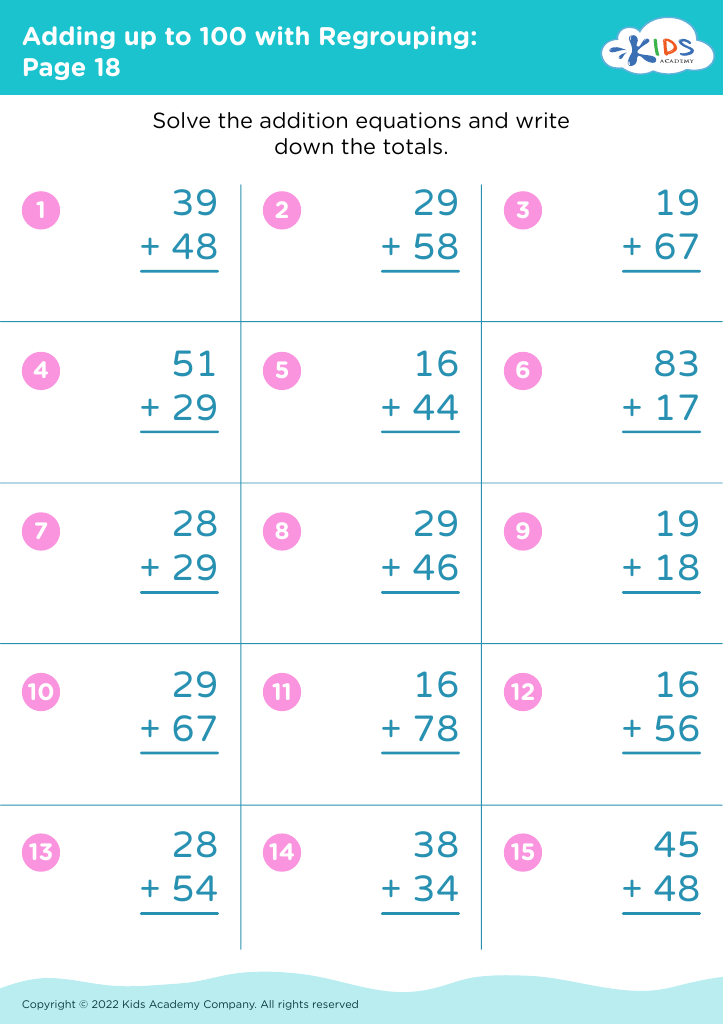
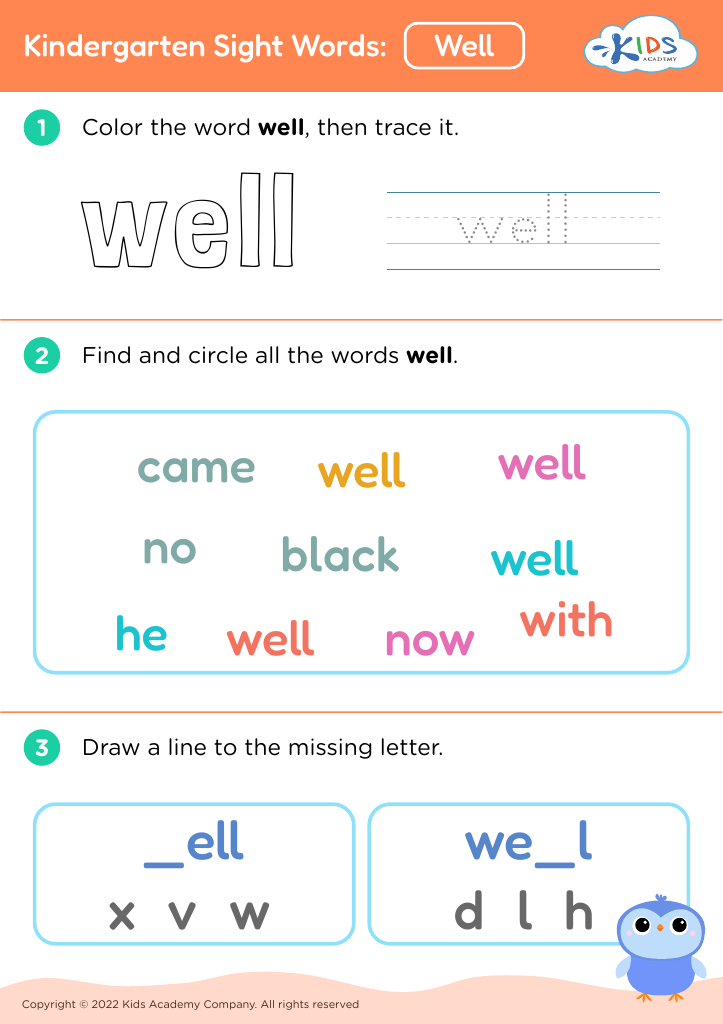

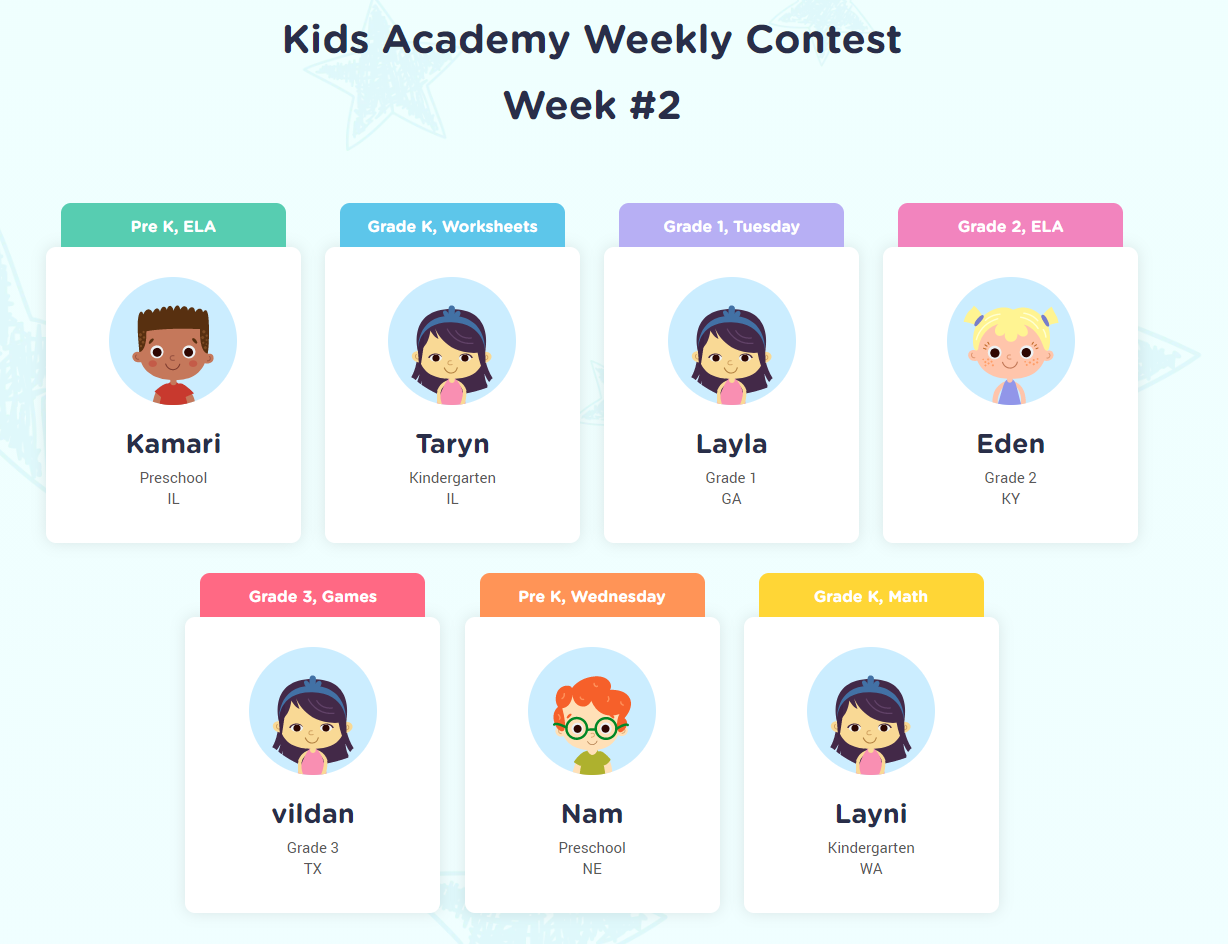

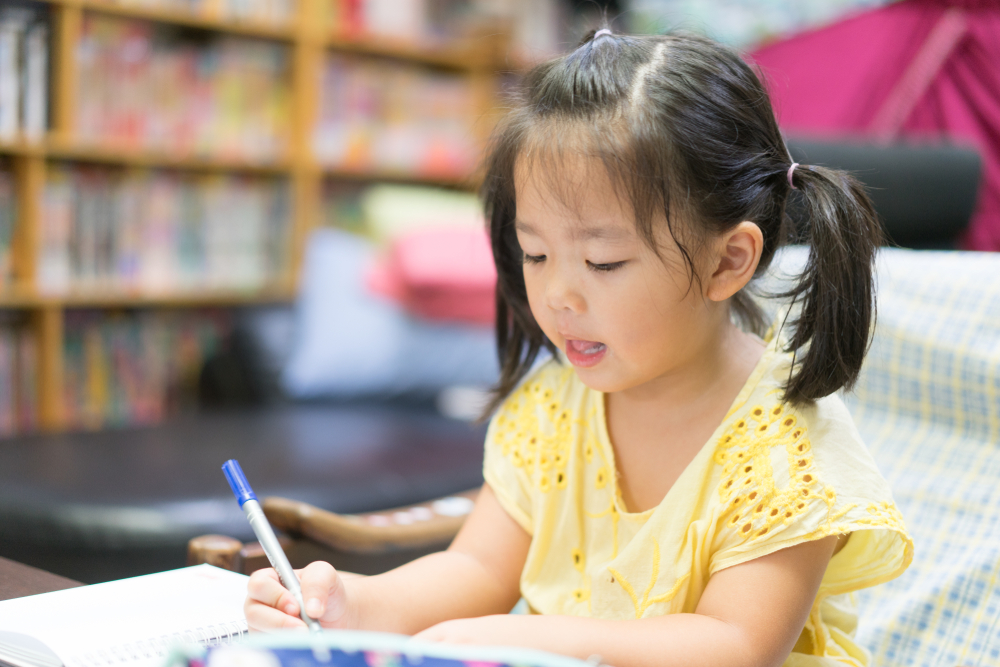
.jpg)
